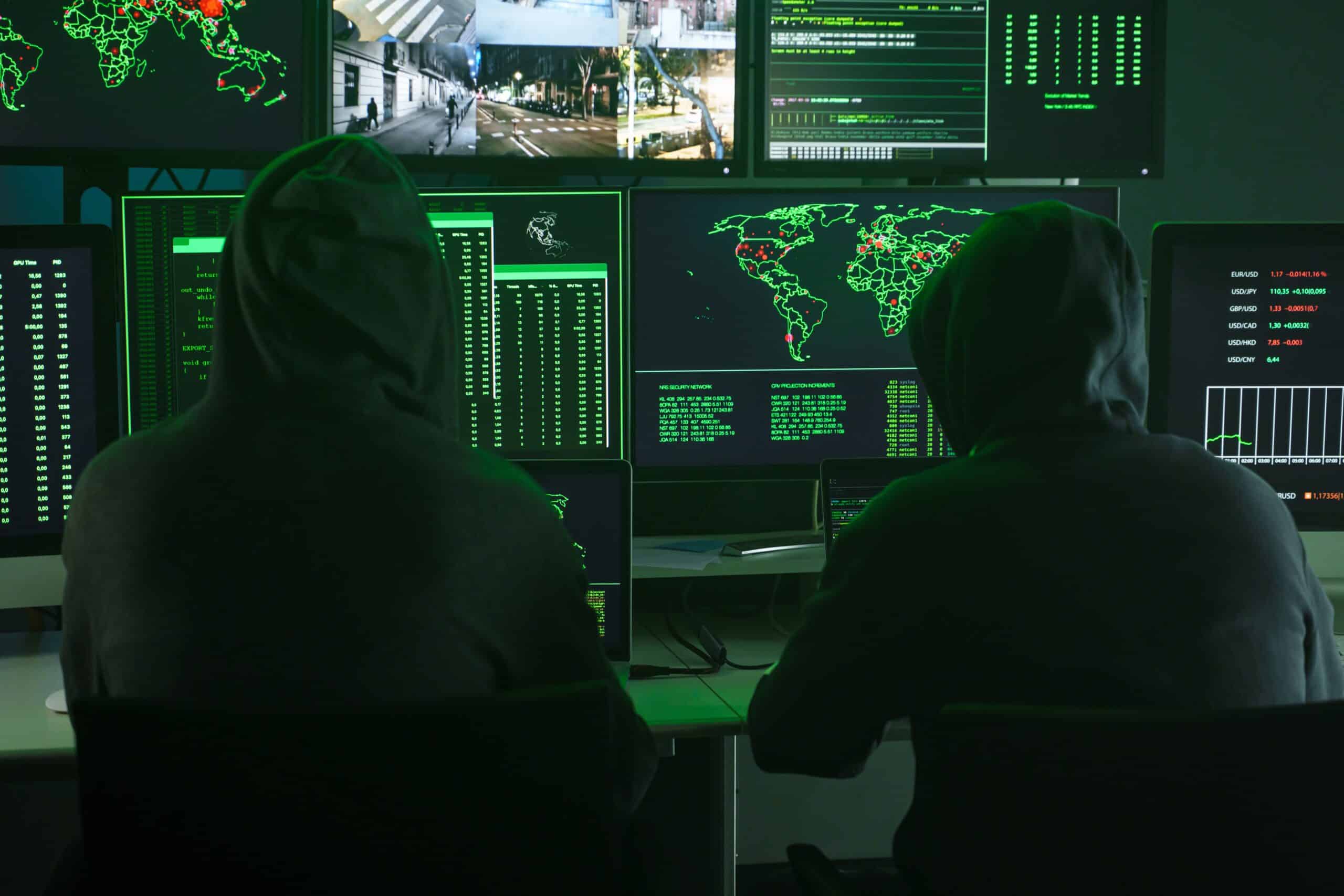An official from the U.S. Treasury set the record straight on the issue of whether crypto played a major role in funding terrorist groups like Hamas and Palestinian Islamic Jihad (PIJ), noting that these groups still preferred “traditional products and services.”
In a Feb. 14 hearing before the House Financial Services Committee, Treasury Undersecretary for Terrorism and Financial Intelligence Brian Nelson confirmed that the amounts reported in an October Wall Street Journal (WSJ) article, which claimed three militant groups had raised hundreds of millions in crypto were, in fact, inaccurate.
Today, I asked Treasury's Head of FinCEN and OFAC about the WSJ's reporting on Hamas's digital asset fundraising campaign.
Undersecretary Nelson CONFIRMED, on the record, that the WSJ's numbers were inaccurate and that crypto was not even a popular tool for Hamas terrorists. pic.twitter.com/Y2nSJfe3Lk
— Tom Emmer (@GOPMajorityWhip) February 14, 2024
The WSJ initially claimed that the PIJ and Hezbollah groups had raised up to $93 million in crypto, while Hamas had received $41 million in crypto.
The publication later partially corrected the article saying that PIJ and Hezbollah “may have exchanged” up to $12 million in crypto, including additional context from an Elliptic report, saying it wasn’t clear if all the transactions identified directly involved PIJ.
“The numbers noted in The Wall Street Journal piece talked about wallets but not necessarily the disaggregated [amount] among the wallets customers,” said Nelson in response to a question on the issue from Representative Tom Emmer.
Emmer asked Nelson to clarify that the reported amounts referred to what “people had in their wallets as opposed to what was specifically going to the Palestinian Islamic Jihad and Hamas.”
“That’s what we think is most likely. We also assess that terrorists still prefer, frankly, to use traditional products and services,” he said.
Nelson also confirmed that, based on the Treasury’s assessment, Hamas is using crypto in relatively small amounts compared to what’s been widely reported.
When Emmer pushed Nelson on whether Treasury had the obligation to correct the record because senators are writing legislation based on these figures to curtail “crypto-financed terrorism,” Nelson said that while there was no significant uptick in what they perceive currently, it could still be an area of opportunity for terrorist groups in the future.
In Nelson’s earlier prepared remarks, he noted that terrorists’ use of digital assets remains a small fraction of more established mechanisms to move money, but the Treasury was focused on “disrupting these groups’ ability to leverage digital assets.”



